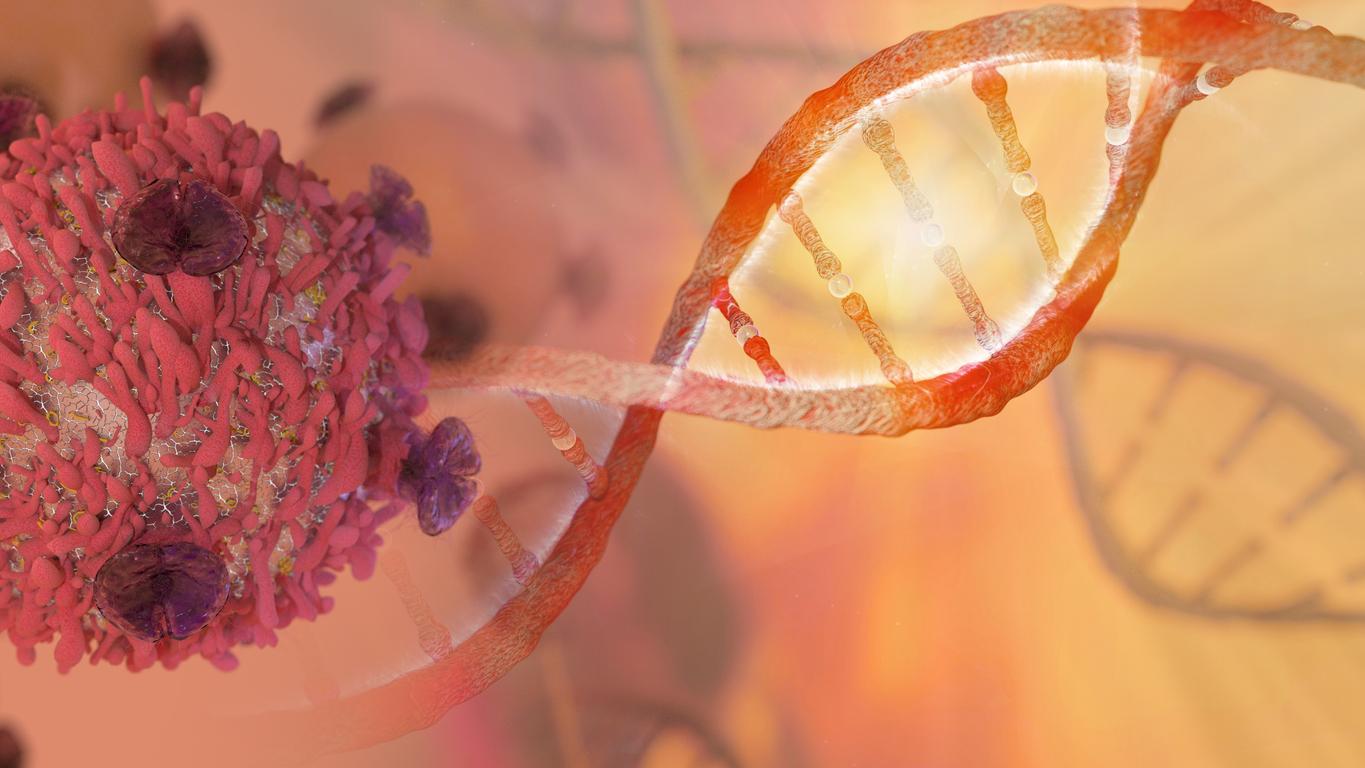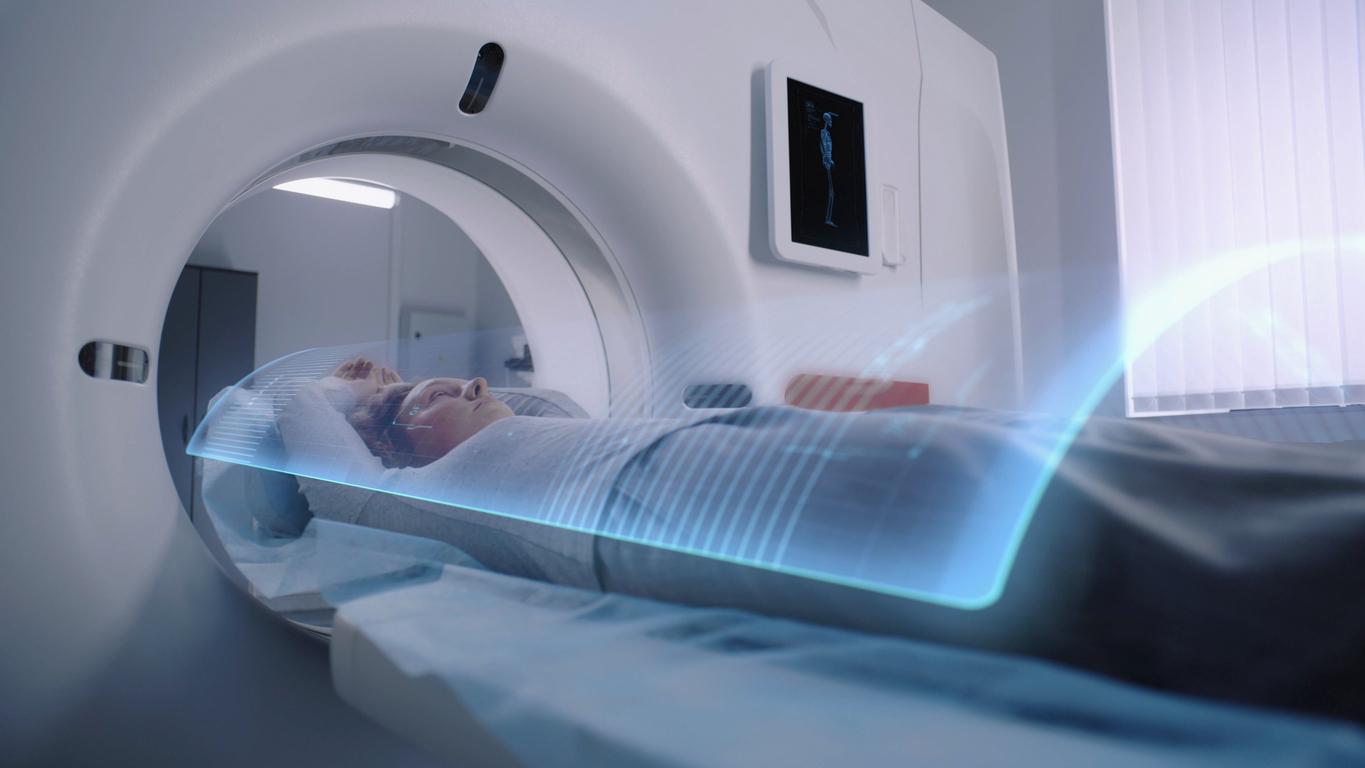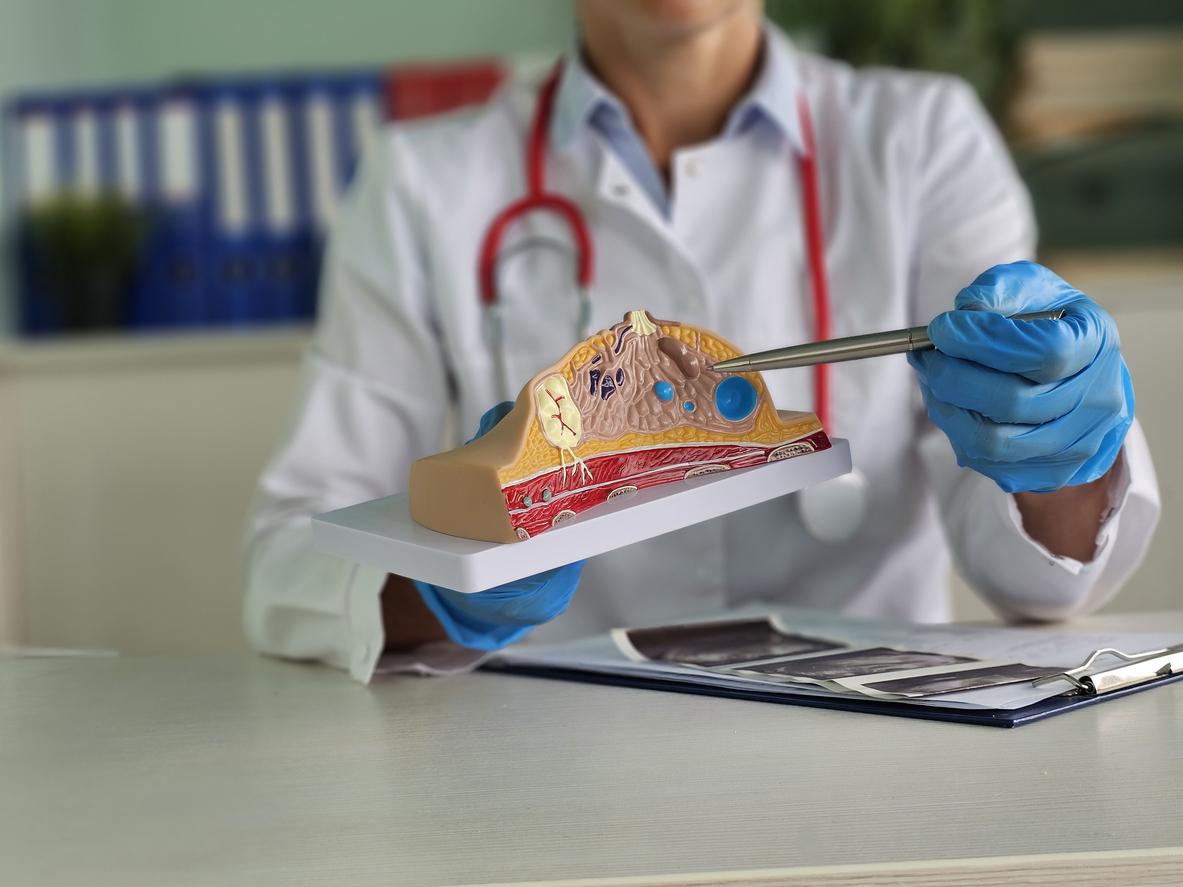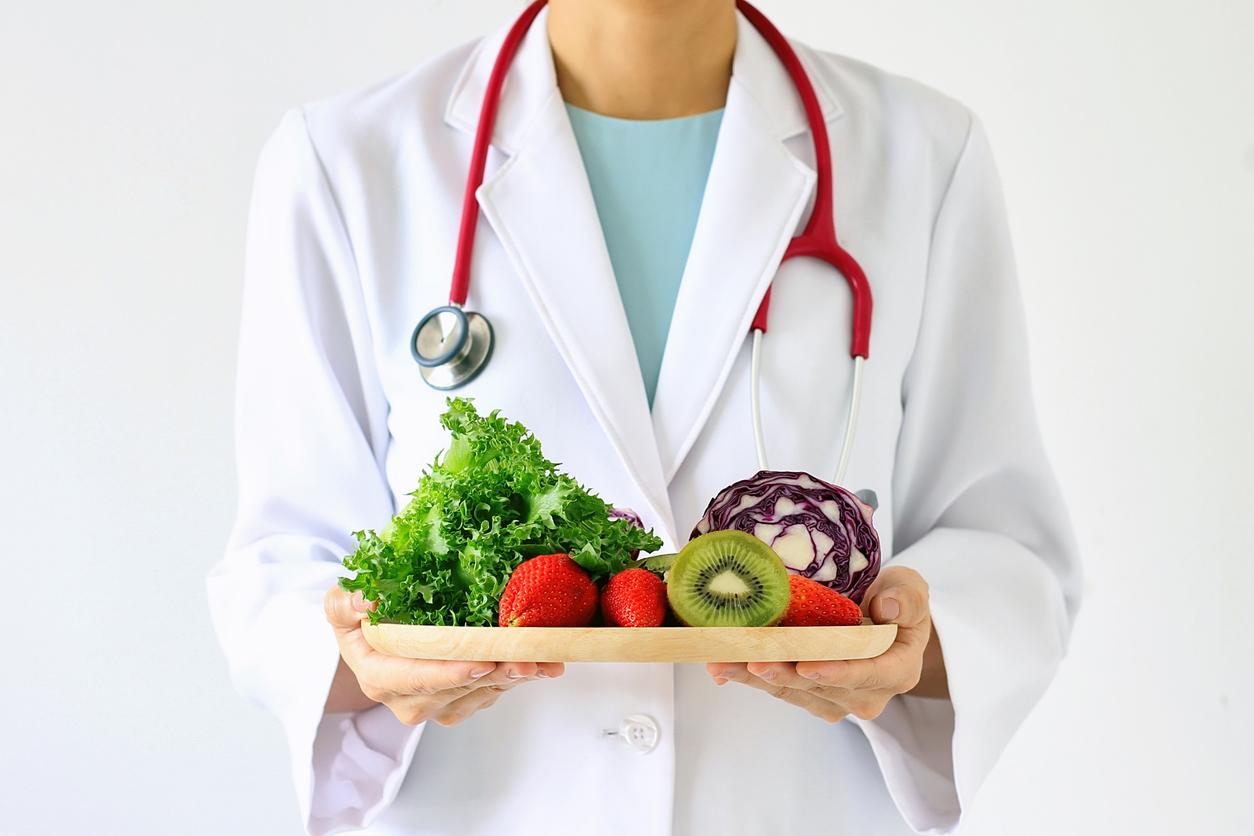While the good weather has settled all over France, here are some tips for having barbecues without putting yourself in danger.
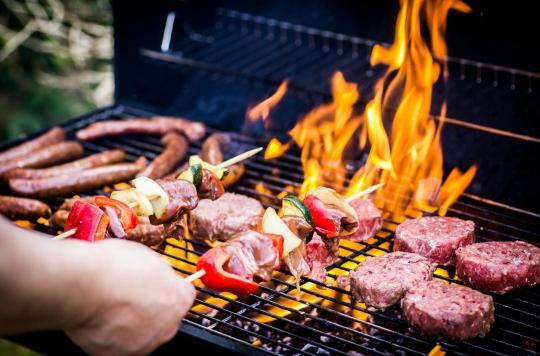
Nothing is more enjoyable than enjoying a barbecue in the heart of summer. To limit its risks of use, theANSES has just issued new recommendations.
Properly adjust the height of the cooking grate
In order to avoid the massive formation of carcinogenic substances, food must be cooked in the heat of embers and not in direct contact with flames (which reach temperatures of approximately 500°C). It is advisable not to exceed a cooking temperature of the order of 220°C, which in the case of the barbecue generally amounts to placing the grill at least 10 cm from the embers, or, better still, to opting for a vertical cooking barbecue model.
“Indeed, the cooking of food at high temperatures, in particular in direct contact with the flame, leads to the formation on the surface of chemical compounds, some of which such as polycyclic aromatic hydrocarbons (PAHs) and in particular benzo(a)pyrene (B(a)P) have carcinogenic properties”, explains ANSES.
Favor the use of purified charcoal
For consumers who make frequent use of the charcoal barbecue, favor the use of purified charcoal (> 85% carbon or category A) rather than ordinary charcoal.
Take it easy on the fire starters
The firelighters, whether in liquid, solid or gel form, are intended to facilitate the ignition of the charcoal for the constitution of good embers. They must be completely burned before placing the meat to be grilled, and must not be used to rekindle the fire under any circumstances.
Avoid grease falling into the flames
The leaner the meat, the lower the risk of PAH formation. But if cooking practices are poorly controlled, the carcinogenic risk increases. “In fact, the fall of drops of fat from the meat on the embers can cause flames and smoke which, in contact with the piece of meat, contribute to the formation of PAHs. It is therefore recommended to cover the hearth with a light carpet of ashes, or to remove the visible fat from meats”, specifies ANSES.
Cook the poultry well
To avoid foodborne infections, poultry should always be eaten well cooked through: the flesh should not be pink or cling to the bone. It is advisable to pre-cook large pieces with bones in a pan before putting them on the barbecue.
Ditto for sausages and minced meats
Ground meats, meatballs, merguez sausages and sausages must also be cooked through, otherwise pathogenic bacteria may survive.
Ban anyone with an infection from the kitchen
In general, in order to avoid contamination of all consumers, it is recommended to refrain from handling food or utensils in the event of bacterial, viral or parasitic infection (flu, gastroenteritis, Covid-19, etc.). ).
Minimize the risk of fire
Remember that because of the risk of fire, a barbecue must not be used in a closed enclosure (such as a garage), nor in windy conditions, and it is necessary to have something nearby to put out the flames in the event of incident (bucket of water, fire extinguisher, etc.). The fire must always be supervised and properly extinguished after use.
It is also necessary to ensure the stability of the device and it is preferable to use a long fork to recover the food.
Be careful when handling raw meat
Raw meat carries many bacteria. To avoid contracting them, ANSES recommends:
– wash and dry your hands thoroughly before and after handling raw meat.
– To use a board to cut raw meat and a second board for other foods in order to avoid the transfer of microorganisms from raw meat to raw vegetables, for example.
– Not to use the dishes and utensils that were used to cut and transport raw meat to serve it once cooked.
“Marinades that may have been used with meat should not be eaten without having been cooked separately in order to eliminate bacteria from raw meat”, say public health experts.
What about food preservation?
To properly manage before and after the barbecue, you must:
– keep meat intended for cooking in the coldest part of the refrigerator and take it out at the last moment.
– do not store leftover food for more than two hours at room temperature before refrigeration.
Thoroughly clean the barbecue after use
Regular cleaning of cooking grates and grease trays is important.
Watch out for children
Last advice, and not least: children must be kept away from the barbecue, and constantly supervised to avoid burns.

.













